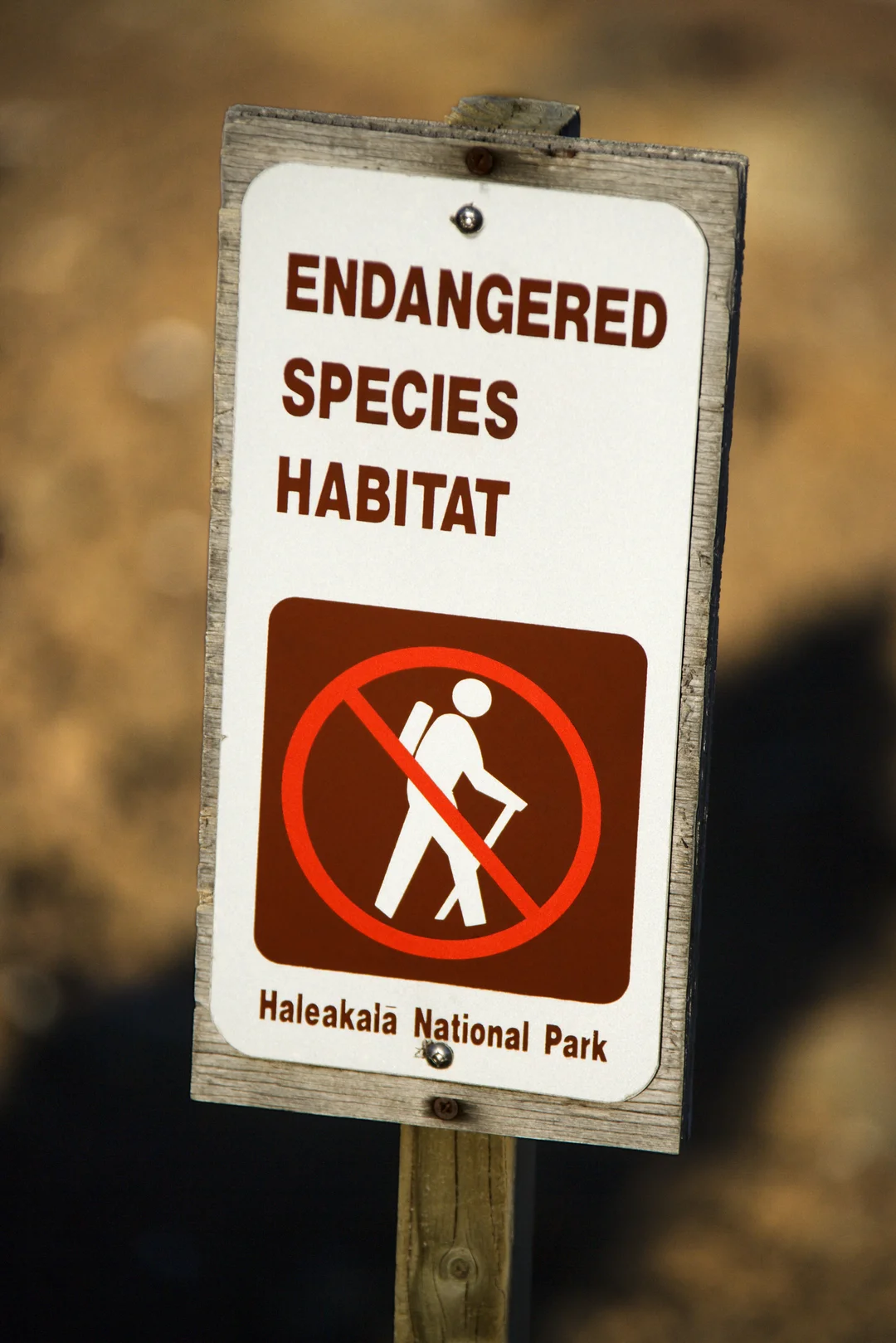
Concerns Rise Over Proposed Changes to Endangered Species Act and Its Impact on Wildlife
As the debate over wildlife conservation intensifies, recent proposals from the Trump administration to amend the Endangered Species Act (ESA) have raised significant concerns among conservationists. This act has long served as a vital framework for protecting vulnerable wildlife species across the United States, but changes to its stipulations could endanger efforts to safeguard endangered populations, particularly in states like Connecticut and California.
One of the most alarming proposals is the rescission of the definition of "harm" under the ESA, which has historically included significant habitat modification. This change could allow industries to conduct activities that may not directly kill or injure endangered species, yet still significantly disrupt their habitats. For instance, the roseate tern, a federally endangered bird species that nests on Falkner Island off the coast of Connecticut, could face increased risks if habitat protections are weakened.
Tom Anderson of the Connecticut Audubon Society emphasized the potential consequences of these changes, stating, "If they’re not protected everywhere, they’re not protected anywhere." This sentiment resonates with many conservationists who understand that endangered species like the roseate tern migrate across different habitats, all of which need protection for their survival.
In California, a legislative response has emerged in the form of AB 1319, which seeks to empower the California Fish and Game Commission to list additional species under state law if federal protections are reduced. This proactive measure aims to compensate for the anticipated federal backsliding on environmental protections, a movement that could further complicate compliance for developers and landowners in California.
Critiques of the federal proposal abound, with many asserting that it prioritizes economic development over environmental health. As Melinda Taylor, an environmental law lecturer, indicated, the proposed definition change could eliminate the need for permits to modify habitats, allowing industries to proceed with projects that could harm endangered species, even indirectly. With only a handful of states having stronger protections than those federally mandated, the consequences of weakening the ESA could reverberate across the nation.
Chris Elphik, a professor of conservation biology at the University of Connecticut, reinforced the importance of maintaining strong protections under the ESA, noting the Act's historical successes in preventing extinctions. "Without it, many species, including the bald eagle and the peregrine falcon, might not be part of our environment today." This historical context calls into question the justification for altering such a crucial protective mechanism that has effectively preserved wildlife for over fifty years. Advocates for the ESA argue that instead of rolling back protections, more robust enforcement and funding should be directed toward conservation efforts to further bolster endangered species recovery.
As we watch these political developments unfold, one must consider: Are we willing to risk the survival of our nation's most vulnerable wildlife for short-term economic gain? The importance of engaging in this dialogue cannot be overstated, and it is crucial that stakeholders from all sides come together to advocate for the preservation of the natural world we cherish.
What are your thoughts on the proposed changes to the Endangered Species Act? Do you believe that habitat protections should be altered to accommodate development? We invite you to share your opinions and join the conversation.